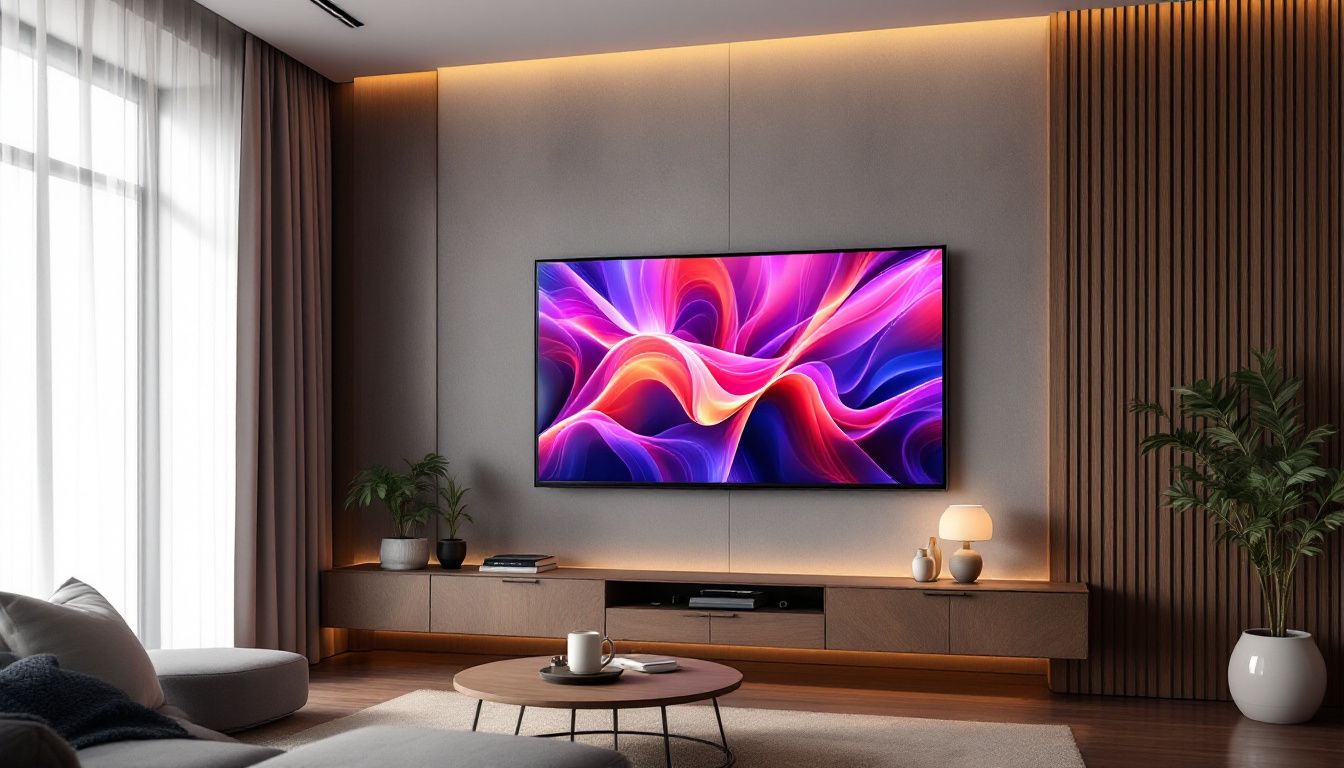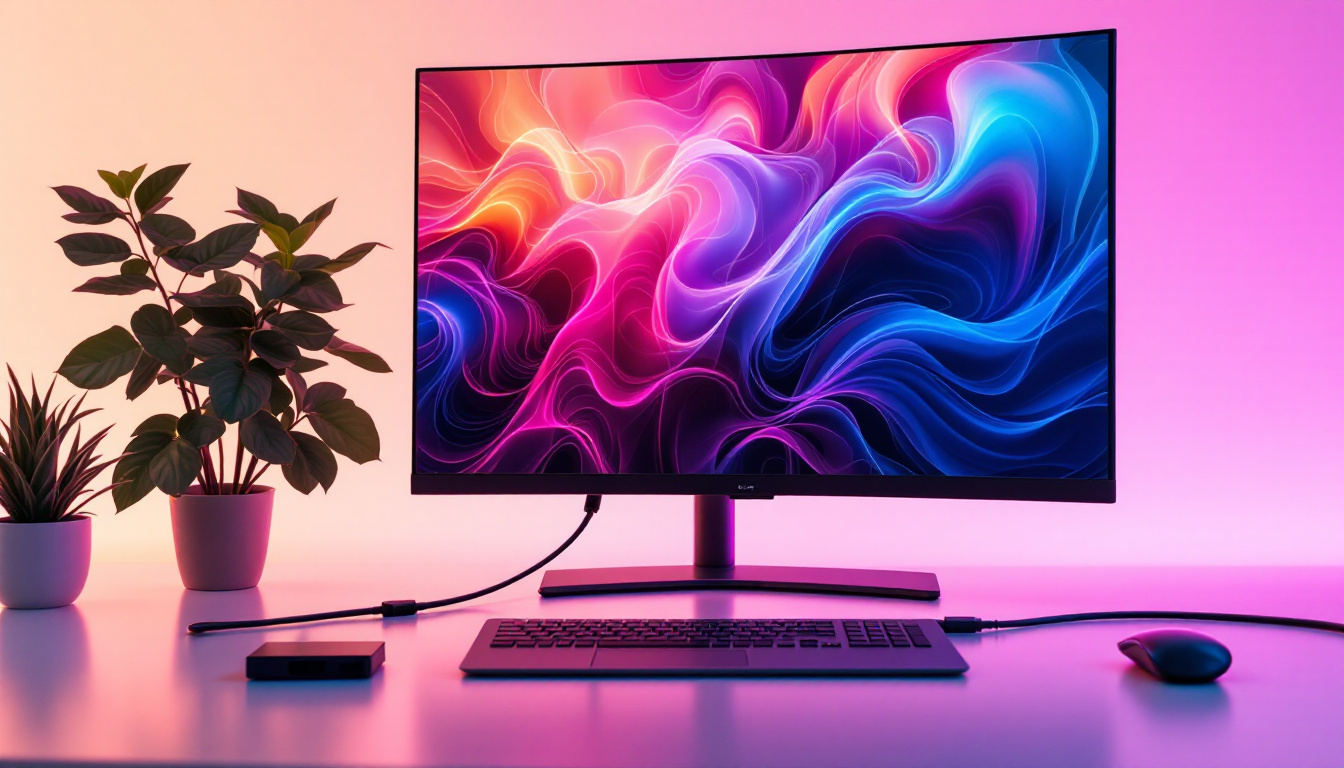In the rapidly evolving world of display technology, two acronyms have gained significant attention: MicroLED and OLED. Both represent cutting-edge advancements in LED display technology, promising superior picture quality, vibrant colors, and enhanced energy efficiency. However, understanding the differences between MicroLED and OLED is essential for consumers, industry professionals, and tech enthusiasts aiming to make informed decisions about their next display purchase or project.
This article delves into the technical nuances, advantages, disadvantages, and real-world applications of MicroLED and OLED displays, providing a comprehensive comparison to help you grasp which technology might be the best fit for various uses.
Understanding the Basics: What Are OLED and MicroLED?
What is OLED?
OLED stands for Organic Light Emitting Diode. Unlike traditional LED displays that use a backlight, OLEDs are made from organic compounds that emit light when an electric current passes through them. This self-emissive property means each pixel in an OLED display can independently turn on or off, enabling true blacks and exceptional contrast ratios.
OLED technology has been widely adopted in smartphones, televisions, and wearable devices due to its ability to produce vibrant colors, thin form factors, and flexible screens. As of 2024, OLED panels are prevalent in flagship smartphones from major manufacturers and high-end TVs, with millions of units shipped annually worldwide. The technology’s ability to achieve wide viewing angles without color distortion makes it particularly appealing for group viewing scenarios, such as movie nights or gaming sessions. Additionally, advancements in OLED technology have led to improvements in energy efficiency, allowing devices to conserve battery life while delivering stunning visuals.
What is MicroLED?
MicroLED is a newer display technology that uses microscopic inorganic LEDs to form individual pixels. Each MicroLED pixel is a tiny LED that emits its own light, similar to OLED, but instead of organic materials, it uses inorganic semiconductors like gallium nitride. This difference leads to several unique benefits, including higher brightness levels and improved durability.
MicroLED displays are still in the early stages of commercial adoption but are gaining momentum, especially in large-format displays and premium TVs. Companies are investing heavily in MicroLED research, aiming to overcome manufacturing challenges and scale production. The potential for modular designs is particularly exciting; MicroLED panels can be combined in various configurations to create custom screen sizes and shapes, catering to diverse consumer preferences and innovative applications. Furthermore, the longevity of MicroLED technology, with its resistance to burn-in and degradation over time, positions it as a formidable competitor to both OLED and traditional LCD technologies in the ever-evolving display market.
Technical Comparison: How Do MicroLED and OLED Work?
Pixel Structure and Light Emission
Both OLED and MicroLED displays are self-emissive, meaning each pixel generates its own light rather than relying on a backlight. This fundamental trait allows for superior contrast and black levels compared to traditional LCDs.
In OLEDs, organic molecules emit light when energized. These molecules are arranged in thin layers, typically just a few nanometers thick. The organic nature, however, makes OLEDs susceptible to degradation over time, particularly from exposure to moisture and oxygen. This vulnerability can lead to issues like color shift and reduced brightness over extended use, which is a significant consideration for consumers looking for longevity in their display technology.
MicroLED pixels consist of tiny inorganic LEDs, often less than 100 micrometers in size. These LEDs are incredibly bright and efficient, with a longer lifespan because the inorganic materials are more stable and less prone to burn-in or degradation. This stability not only enhances the durability of MicroLED displays but also allows for more flexible applications, including the potential for larger screens without compromising on picture quality. The modular nature of MicroLED technology also opens up exciting possibilities for custom-sized displays, enabling unique configurations that can adapt to various environments.
Brightness and Color Accuracy
MicroLED displays generally achieve higher peak brightness levels compared to OLEDs. This makes MicroLEDs particularly suitable for environments with strong ambient light, such as outdoor digital signage or brightly lit rooms. For example, MicroLED TVs can reach brightness levels exceeding 2,000 nits, whereas OLED TVs typically max out around 800 to 1,000 nits. This capability allows MicroLEDs to maintain vibrant visuals even in challenging lighting conditions, making them an appealing choice for professional applications where image clarity is paramount.
In terms of color accuracy, both technologies offer excellent performance. OLEDs are known for their deep blacks and wide color gamut, providing rich, immersive visuals. MicroLEDs also deliver vibrant colors and can achieve a wider color volume due to their ability to maintain brightness without color shifting. This is particularly advantageous for HDR content, where precise color reproduction and dynamic range are essential for an engaging viewing experience. Furthermore, MicroLED technology can be engineered to produce a broader spectrum of colors, making it a compelling option for industries that demand high fidelity in visual representation, such as film production and graphic design.
Response Time and Refresh Rates
Both MicroLED and OLED displays boast fast response times, often under 1 millisecond, which is ideal for gaming and fast-moving video content. This rapid pixel switching reduces motion blur and enhances the overall viewing experience. The quick response time of these technologies is especially beneficial in competitive gaming scenarios, where every millisecond can impact performance and immersion.
Refresh rates for both technologies can reach up to 120Hz or higher, supporting smooth animations and reducing eye strain during prolonged use. This high refresh rate capability is not only advantageous for gamers but also enhances the viewing of high-frame-rate content, such as sports broadcasts and action films. Additionally, advancements in both OLED and MicroLED technologies are paving the way for even higher refresh rates, potentially reaching 240Hz or more, which could redefine the standards for fluid motion in visual media. As these technologies continue to evolve, they promise to deliver an increasingly seamless and captivating viewing experience for all types of content.
Advantages and Disadvantages: Which Technology Excels Where?
Advantages of OLED
- True Blacks and Infinite Contrast: OLED pixels can turn off completely, producing perfect blacks and exceptional contrast ratios.
- Thin and Flexible Displays: The organic layers allow for ultra-thin panels and flexible form factors, enabling curved and foldable screens.
- Wide Viewing Angles: OLED displays maintain color accuracy and brightness even at extreme angles.
- Established Manufacturing: OLED production is mature, with a robust supply chain and widespread availability.
Disadvantages of OLED
- Burn-in Risk: Prolonged display of static images can cause permanent image retention.
- Lower Peak Brightness: OLEDs generally cannot match the peak brightness of MicroLEDs, limiting performance in very bright environments.
- Durability Concerns: Organic materials degrade over time, potentially reducing lifespan.
Advantages of MicroLED
- Exceptional Brightness: MicroLEDs can achieve much higher brightness levels without sacrificing color accuracy.
- Longer Lifespan: Inorganic LEDs are more durable and less prone to degradation or burn-in.
- Scalability: MicroLED technology is well-suited for large displays and modular designs.
- Energy Efficiency: MicroLEDs consume less power at high brightness levels compared to OLEDs.
Disadvantages of MicroLED
- High Manufacturing Complexity: Assembling millions of tiny LEDs with precision is challenging and costly.
- Limited Availability: MicroLED products are currently rare and expensive, primarily targeting premium markets.
- Color Uniformity Issues: Early MicroLED displays sometimes face challenges with color consistency across the screen.
Applications and Market Trends
Current Use Cases for OLED
OLED technology has become the standard for many high-end smartphones, tablets, and televisions. Its ability to deliver stunning visuals in a compact form factor makes it ideal for handheld devices and home entertainment. Brands like Samsung, LG, and Sony have integrated OLED panels into their flagship products, driving consumer adoption.
Wearables such as smartwatches also benefit from OLED’s thinness and flexibility, allowing for sleek designs without compromising display quality.
Emerging Applications of MicroLED
MicroLED is gaining traction in large-scale displays, including digital billboards, video walls, and premium television sets. Its superior brightness and durability make it well-suited for commercial and outdoor environments.
Recent announcements from leading tech companies indicate plans to incorporate MicroLED into next-generation TVs and augmented reality devices, leveraging its scalability and energy efficiency.
Market Outlook and Future Prospects
According to industry analysts, the global MicroLED market is projected to grow at a compound annual growth rate (CAGR) exceeding 40% over the next five years, fueled by advancements in manufacturing and increasing demand for high-performance displays.
Meanwhile, OLED continues to expand its footprint, particularly in mid-range devices, as production costs decrease and new innovations improve durability and brightness.
Ultimately, the choice between MicroLED and OLED will depend on the specific application, budget, and desired performance characteristics. As both technologies mature, hybrid solutions and new innovations may further blur the lines between them.
Conclusion: Choosing Between MicroLED and OLED
MicroLED and OLED represent two of the most exciting developments in LED display technology, each with distinct strengths and challenges. OLED’s proven track record, exceptional contrast, and flexibility make it a compelling choice for consumers seeking immersive viewing experiences in smartphones, TVs, and wearables.
On the other hand, MicroLED’s promise of unparalleled brightness, longevity, and scalability positions it as a future leader in large-format and high-end displays, especially where durability and brightness are critical.
For buyers and industry stakeholders, understanding these differences is crucial. While OLED remains the dominant technology today, MicroLED’s rapid progress suggests it could redefine display standards in the near future. Staying informed about these technologies will empower smarter decisions in both consumer and professional contexts.
As display technology continues to evolve, the rivalry between MicroLED and OLED will drive innovation, ultimately benefiting users with richer, more vibrant, and longer-lasting screens.
Discover Cutting-Edge LED Displays with LumenMatrix
As you consider the future of display technology for your needs, whether it’s for vibrant advertising, dynamic public installations, or immersive entertainment, LumenMatrix stands at the forefront of LED innovation. Our extensive range of solutions, from Indoor and Outdoor LED Wall Displays to specialized options like Vehicle and Sports LED Displays, are designed to bring your vision to life with unparalleled brightness, clarity, and longevity. Embrace the next generation of visual communication with LumenMatrix’s advanced LED display modules. Check out LumenMatrix LED Display Solutions and experience the transformative power of our state-of-the-art technology.































